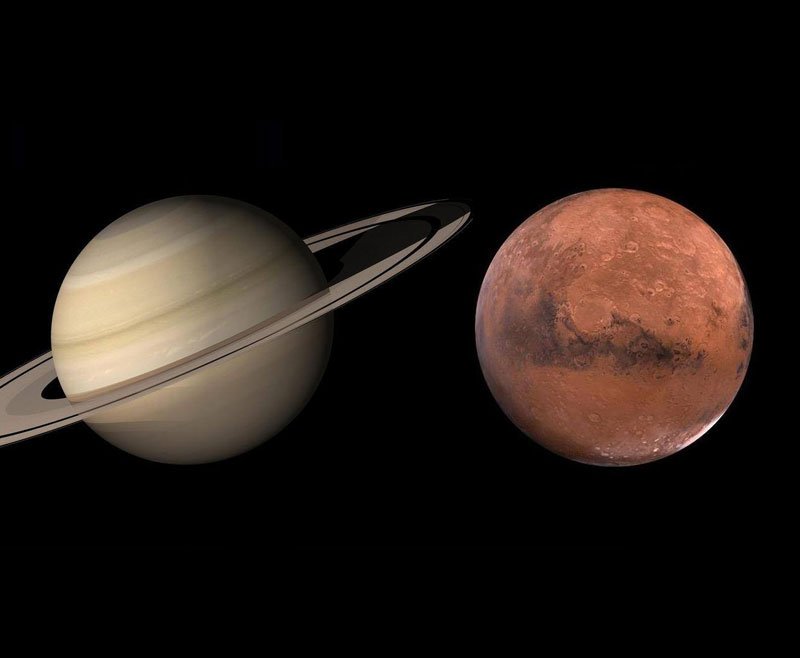
The Dance of Moon
The Moon has always fascinated humanity with its ethereal beauty and ever-changing appearance. Its cycles and phases not only influence the natural world but also play a significant role in various cultural, spiritual, and astrological practices. Understanding the dance of the Moon can provide insights into its impact on our lives and the world around us.
The Phases of the Moon
The Moon goes through a cycle of eight distinct phases, each lasting approximately 29.5 days. These phases result from the Moon’s position relative to the Earth and the Sun, creating varying amounts of visible illumination. The main phases are:
- New Moon: This phase marks the beginning of the lunar cycle. The Moon is positioned between the Earth and the Sun, making it invisible from Earth. It is a time for new beginnings and setting intentions.
- Waxing Crescent: Following the New Moon, a sliver of light appears on the right side. This phase symbolizes growth and development, encouraging us to take the first steps towards our goals.
- First Quarter: Half of the Moon is illuminated, creating a half-moon shape. This phase represents challenges and decisions, pushing us to overcome obstacles and stay committed to our intentions.
- Waxing Gibbous: More than half of the Moon is now illuminated. This phase is about refinement and adjustment, fine-tuning our plans and preparations as we move closer to our goals.
- Full Moon: The entire face of the Moon is illuminated, shining brightly in the night sky. This phase symbolizes culmination, completion, and manifestation. It is a time for celebrating achievements and acknowledging the fruition of our efforts.
- Waning Gibbous: Following the Full Moon, the light begins to decrease. This phase is about sharing and introspection, reflecting on what has been accomplished and preparing for release.
- Last Quarter: Another half-moon appears, but this time the left side is illuminated. This phase signifies release and letting go, encouraging us to remove what no longer serves us.
- Waning Crescent: The final sliver of light remains before the cycle restarts. This phase is for rest, renewal, and reflection, preparing for the next New Moon.
The Moon’s Influence on Nature and Human Life
The Moon’s gravitational pull affects various natural phenomena, most notably the tides. The rise and fall of ocean tides are directly linked to the Moon’s position, demonstrating its powerful influence on Earth. Additionally, many animals, particularly marine species, follow lunar cycles for activities such as breeding and migration.
In human life, the Moon’s phases are believed to influence emotions, behaviors, and energy levels. Many cultures and spiritual practices align their rituals and ceremonies with the lunar cycle, harnessing its energy for various purposes.
The Spiritual Significance of the Moon
Many spiritual traditions honor the Moon’s cycles and incorporate them into their practices. For instance:
- New Moon Rituals: These rituals often involve setting intentions and planting the seeds for new projects or goals. It’s a time for quiet reflection and planning.
- Full Moon Rituals: Full Moon ceremonies typically focus on releasing negativity and celebrating achievements. This phase is ideal for cleansing and letting go of what no longer serves you.
- Eclipses: Lunar and solar eclipses hold special significance, often seen as times of powerful transformation and change. They can bring hidden truths to light and catalyze major shifts in our lives.
Conclusion
The dance of the Moon is a captivating and intricate celestial performance that profoundly impacts our world. By understanding its phases and influences, we can align ourselves with its natural rhythms, harnessing its energy for personal growth, emotional balance, and spiritual development. Whether through astrology, spiritual practices, or simply observing its beauty in the night sky, the Moon continues to inspire and guide us on our journey through life.


